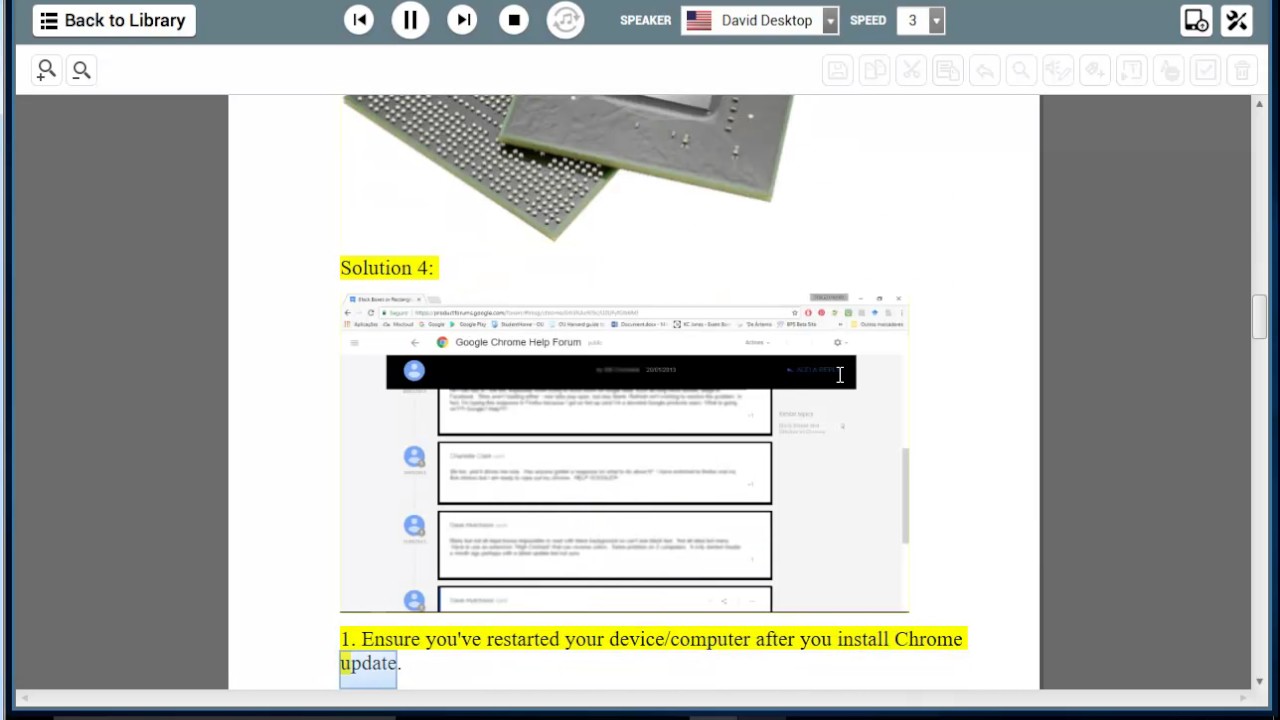Introduction
Google Chrome is a popular web browser known for its user-friendly interface and robust features. One of the essential features that users often encounter is the pop-up blocker. While pop-up blockers are designed to enhance browsing security and minimize interruptions from intrusive pop-up ads, there are instances when you may need to temporarily disable this feature. Whether you're accessing a legitimate website that requires pop-ups for specific functions or troubleshooting issues related to blocked content, knowing how to turn off the pop-up blocker on Mac Google Chrome can be invaluable.
In this article, we will delve into the step-by-step process of accessing Chrome settings and disabling the pop-up blocker. Additionally, we will explore how to allow pop-ups for specific sites, providing you with comprehensive guidance to manage pop-up settings according to your browsing needs. By the end of this tutorial, you will have the knowledge and confidence to navigate Chrome's settings and customize the pop-up blocker to suit your preferences. Let's embark on this journey to unlock the full potential of your browsing experience with Google Chrome on your Mac.
Accessing Chrome Settings
Accessing Chrome settings is the first step towards customizing your browsing experience, including managing the pop-up blocker. Here's how you can easily navigate to the settings menu in Google Chrome on your Mac:
-
Launch Google Chrome: Open the Google Chrome browser on your Mac by clicking on its icon in the applications folder or the dock.
-
Open the Menu: At the top of your screen, you will see the menu bar. Click on the "Chrome" option in the top-left corner of your screen. This will reveal a drop-down menu with various options.
-
Access Settings: Within the drop-down menu, navigate to the "Preferences" option and click on it. Alternatively, you can use the keyboard shortcut "Command + ," to directly access the settings.
-
Explore Settings: Upon clicking "Preferences," a new tab will open, displaying the settings for Google Chrome. Here, you can explore a wide range of customization options, including privacy and security settings, appearance, and advanced configurations.
-
Navigate to Advanced Settings: To access more advanced settings, scroll down to the bottom of the page and click on the "Advanced" link. This will expand the settings menu, providing additional options for customization.
By following these steps, you can effortlessly access the settings menu in Google Chrome on your Mac. Once you have accessed the settings, you will be ready to proceed with turning off the pop-up blocker or making other adjustments to enhance your browsing experience.
Now that you have successfully accessed the Chrome settings, let's move on to the next step of turning off the pop-up blocker to accommodate your specific browsing needs.
Turning Off Pop-Up Blocker
Disabling the pop-up blocker in Google Chrome on your Mac is a straightforward process that grants you the flexibility to control the display of pop-up windows based on your preferences. Here's a step-by-step guide to turning off the pop-up blocker:
-
Access Chrome Settings: As outlined in the previous section, ensure that you have accessed the settings menu in Google Chrome by following the provided steps.
-
Locate Content Settings: Within the advanced settings menu, navigate to the "Privacy and security" section. Here, you will find the "Site Settings" option. Click on "Site Settings" to access a range of content controls for websites.
-
Manage Pop-Ups: Under the "Permissions" section, locate and click on "Pop-ups and redirects." This will direct you to the pop-up settings, allowing you to manage how Chrome handles pop-ups on websites.
-
Disable the Pop-Up Blocker: To turn off the pop-up blocker, simply toggle the switch next to "Blocked (recommended)" to the off position. This action will disable the pop-up blocker, enabling pop-ups to appear when you visit websites.
-
Confirmation: Once you have disabled the pop-up blocker, you can verify the changes by visiting a website known to generate pop-up windows. If the pop-ups are now displayed without obstruction, the pop-up blocker has been successfully turned off.
By following these steps, you can effectively disable the pop-up blocker in Google Chrome on your Mac. This allows you to have full control over the display of pop-up windows while browsing, ensuring that you can access all relevant content without any restrictions imposed by the browser's pop-up blocker.
With the pop-up blocker turned off, you have the freedom to interact with websites that utilize pop-ups for various functions, such as displaying additional information, confirming actions, or providing essential alerts. However, it's important to exercise caution and only allow pop-ups from trusted websites to maintain a secure browsing experience.
Now that you have learned how to turn off the pop-up blocker in Google Chrome, you are ready to explore the option of allowing pop-ups for specific sites, which will be covered in the next section. This additional customization allows you to selectively enable pop-ups for designated websites while keeping the blocker active for others. Let's proceed to the next step to further enhance your browsing experience with Google Chrome on your Mac.
Allowing Pop-Ups for Specific Sites
In certain scenarios, you may encounter websites that require the use of pop-ups for essential functions such as displaying additional content, facilitating transactions, or providing interactive features. While the pop-up blocker serves as a valuable security measure, there are instances where you may need to allow pop-ups for specific sites to ensure a seamless browsing experience. Google Chrome offers a convenient way to customize pop-up settings for individual websites, granting you the flexibility to enable pop-ups selectively. Here's a detailed guide on how to allow pop-ups for specific sites in Google Chrome on your Mac:
-
Access Chrome Settings: Begin by accessing the settings menu in Google Chrome as outlined in the previous sections. Once you have accessed the settings, proceed to the next steps to customize pop-up settings for specific sites.
-
Navigate to Site Settings: Within the advanced settings menu, locate and click on "Site Settings" under the "Privacy and security" section. This will provide you with a range of controls for managing website permissions and content settings.
-
Manage Pop-Ups for Specific Sites: Under the "Permissions" section, select "Pop-ups and redirects" to access the pop-up settings. Here, you can manage how Chrome handles pop-ups on specific websites.
-
Allow Pop-Ups for a Specific Site: To allow pop-ups for a particular website, click on the "Add" button next to the "Allow" section. Enter the URL of the website for which you want to enable pop-ups and click "Add." This action grants permission for pop-ups to appear when visiting the specified site.
-
Verification: After adding the website to the list of allowed sites, you can verify the changes by visiting the designated website. If the pop-ups are now displayed without obstruction, you have successfully allowed pop-ups for the specific site.
By following these steps, you can effectively customize pop-up settings to allow pop-ups for specific sites while retaining the overall security provided by the pop-up blocker. This level of customization empowers you to tailor your browsing experience according to the requirements of individual websites, ensuring that essential pop-up content is accessible when needed.
With the ability to allow pop-ups for specific sites, you can engage with a diverse range of websites and seamlessly interact with pop-up content that enhances your browsing experience. It's important to exercise discretion and only allow pop-ups for trusted websites to maintain a secure and uninterrupted browsing environment.
By mastering the process of allowing pop-ups for specific sites in Google Chrome on your Mac, you have expanded your control over pop-up settings, enabling a more personalized and efficient browsing experience tailored to your preferences and the requirements of individual websites.
Conclusion
In conclusion, mastering the art of managing pop-up settings in Google Chrome on your Mac empowers you to customize your browsing experience according to your specific needs and preferences. By understanding how to access Chrome settings, turn off the pop-up blocker, and allow pop-ups for specific sites, you have gained valuable insights into optimizing your interaction with pop-up content while maintaining a secure browsing environment.
The ability to access Chrome settings provides a foundational understanding of the browser's customization options, allowing you to explore a wide range of features and configurations. Whether you are adjusting privacy and security settings, customizing appearance, or delving into advanced configurations, navigating the settings menu equips you with the tools to tailor your browsing experience.
Turning off the pop-up blocker grants you the freedom to interact with websites that utilize pop-ups for various functions, such as displaying additional information, confirming actions, or providing essential alerts. This flexibility ensures that you can access all relevant content without any restrictions imposed by the browser's pop-up blocker, enhancing your overall browsing experience.
Furthermore, the ability to allow pop-ups for specific sites offers a nuanced approach to managing pop-up settings, enabling you to selectively enable pop-ups for designated websites while keeping the blocker active for others. This level of customization empowers you to tailor your browsing experience according to the requirements of individual websites, ensuring that essential pop-up content is accessible when needed.
By mastering these techniques, you have expanded your control over pop-up settings, enabling a more personalized and efficient browsing experience tailored to your preferences and the requirements of individual websites. It's important to exercise discretion and only allow pop-ups for trusted websites to maintain a secure and uninterrupted browsing environment.
In essence, the knowledge and skills acquired in this tutorial empower you to navigate the intricacies of pop-up settings in Google Chrome on your Mac, allowing you to strike a balance between security and accessibility while engaging with diverse online content. With these capabilities at your disposal, you are well-equipped to harness the full potential of Google Chrome and enjoy a seamless browsing experience tailored to your unique browsing habits and preferences.







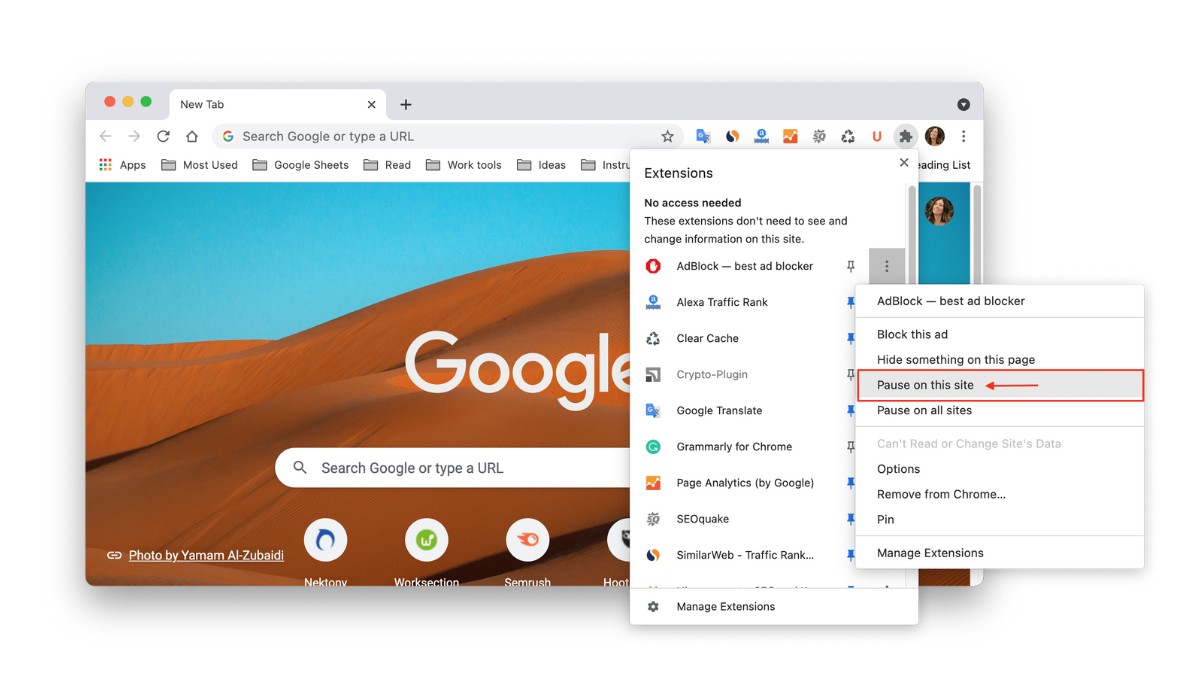




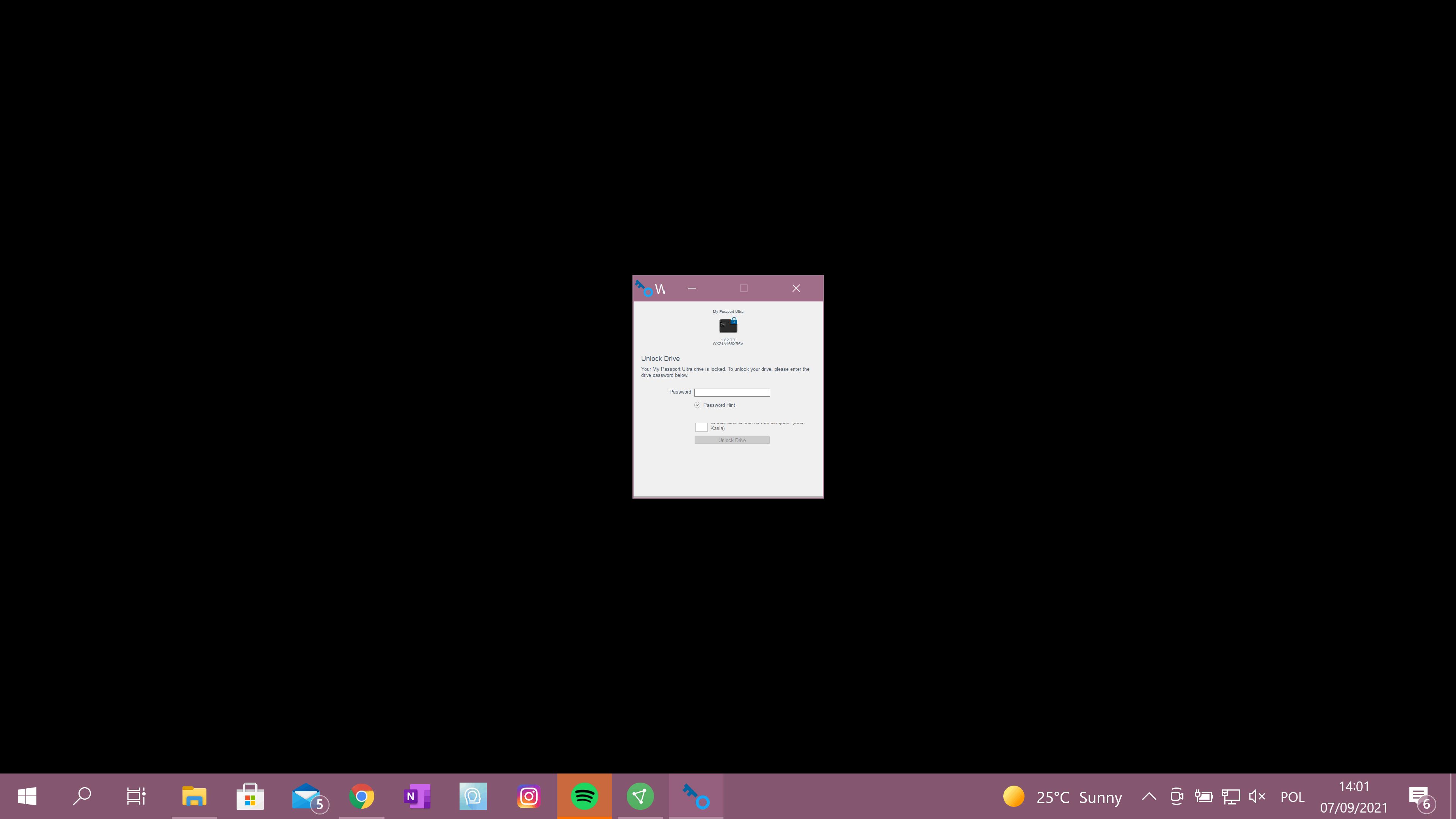
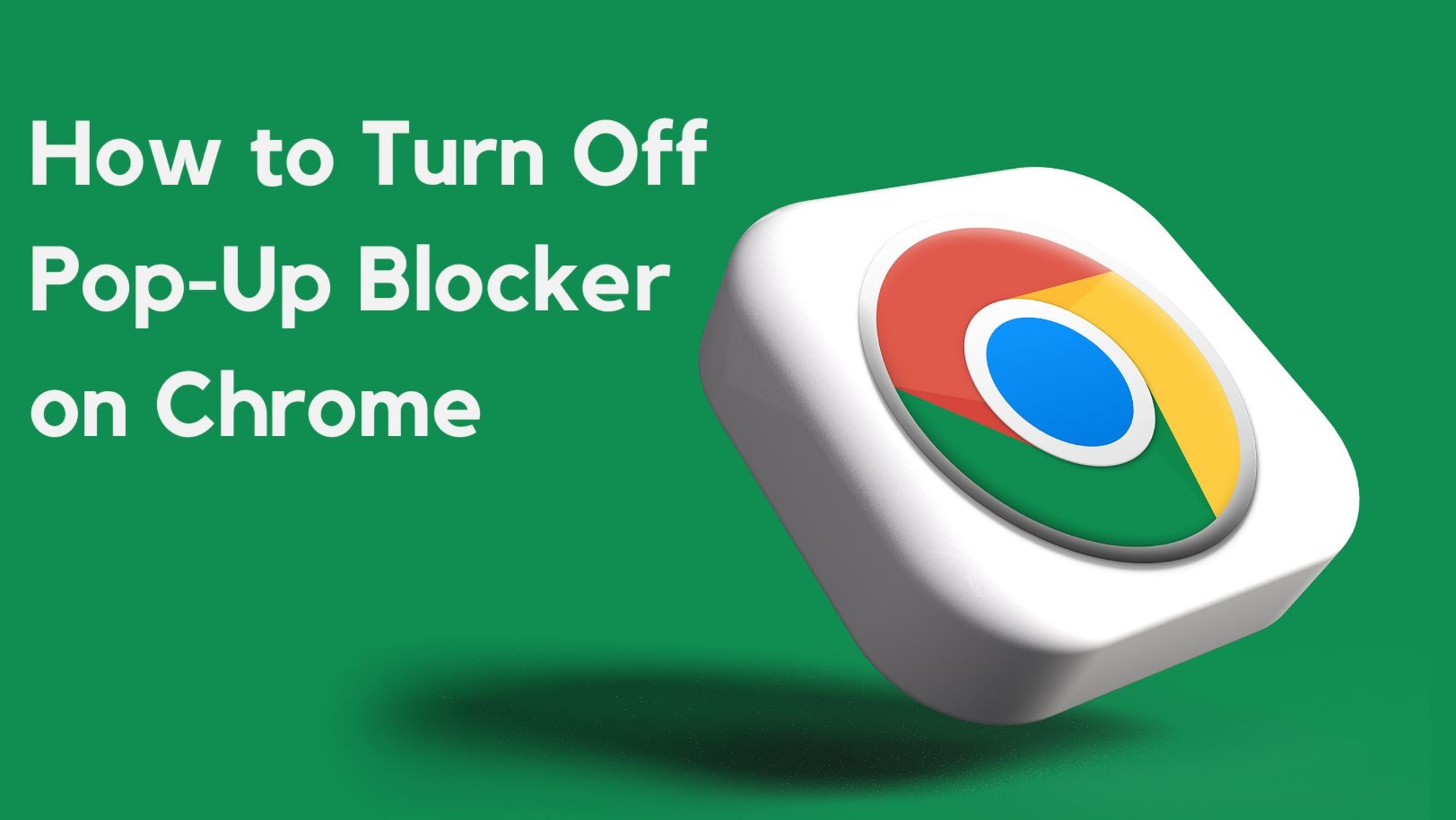
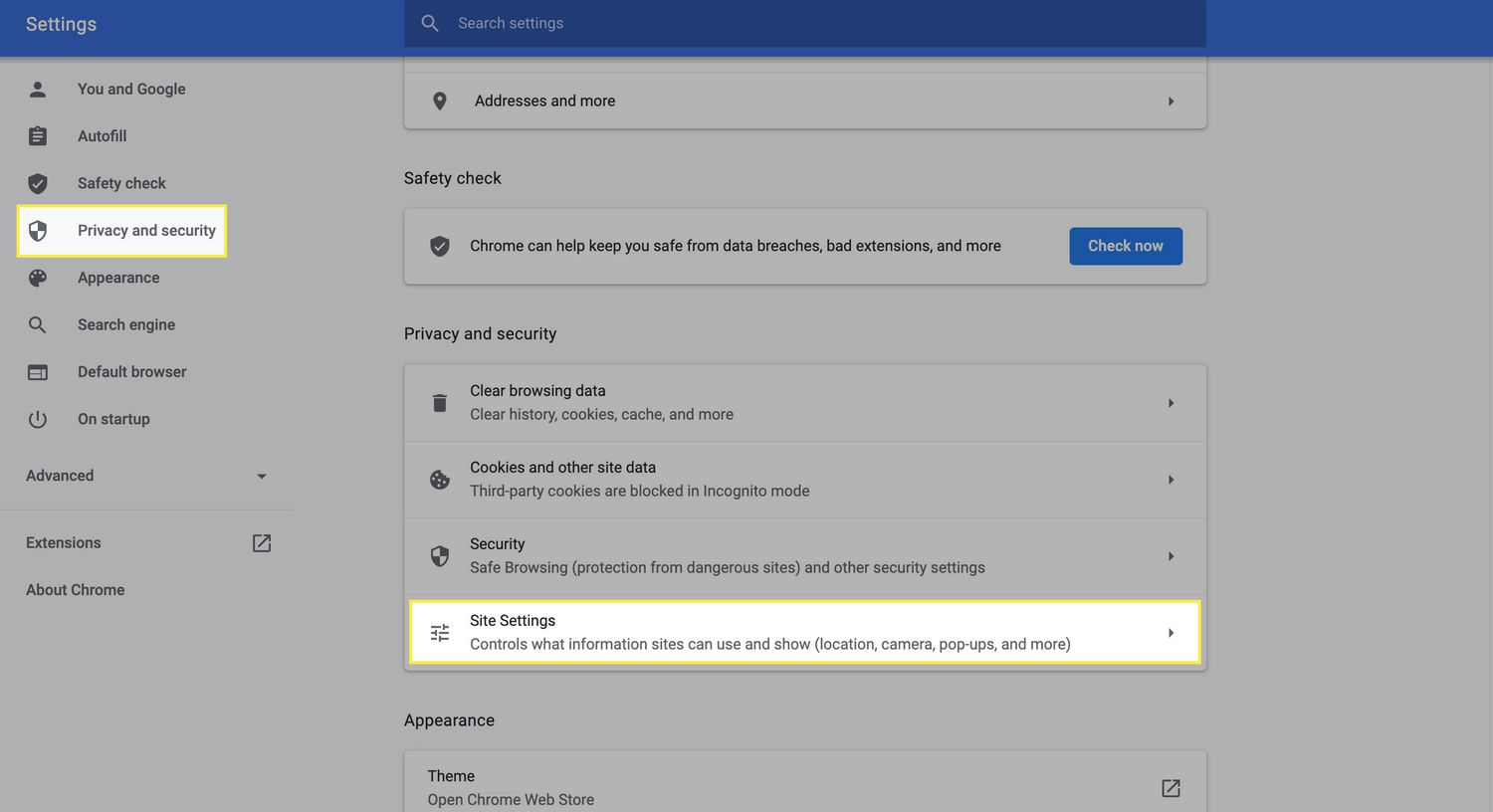
![20 Best Productivity Apps to Get Things Done [PC & Mac]](https://robots.net/wp-content/uploads/2020/05/write-593333_1920-300x177.jpg)
